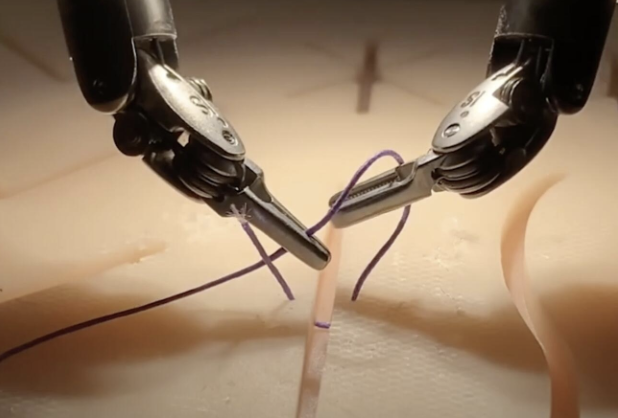Top 5 Creativity Skills

The Harvard Business Review published the results of a comprehensive analysis of innovation entitled The Innovator's DNA. In it, professors from Harvard Business School completed a six-year study of more than 3,000 executives and 500 innovative entrepreneurs, including such high-profile entrepreneurs as Amazon founder Jeff Bezos and Michael Dell, founder of Dell Computers.
The research revealed that creative capacity is only 20%genetics, and 80% learned behavior—very encouraging news for those who don‘t feel especially creative. That‘s why it‘s important continuously use the exercises above to build your creative muscles and expand your creative capacity. The study also concluded that there are five skills separate the most accomplished innovators from the rest:
1. Associating –This skill involves creating links between seemingly unrelated items. The bestinnovators are able to connect concepts, things, and people in imaginativeways. Consider connections such as: Symphony music with snack food; typographywith travel; catering with construction. By finding common threads and lookingfor similarities, overlap, or new combinations, you can unlock new forms ofcreativity.
2. Questioning – Asking questions are at the core of creativity. The best creative minds ask any numberof open-ended questions starting with why what if and why not? The specific content of these questions isn‘t as important as the process of asking and answering them.
3. Observing – This skill involves raising your level of awareness, observing—in great detail—what is happening in the world, and then imagining what could be different. Scott Cook, founder of Intuit Software, the maker of Quicken, first came up with the idea for personal finance software by carefully observing his wife paying the bills and realizing all the various sub-tasks that consumed her time. This observation set him on the path to envisioning a better way. In bringing that vision to life, his company changed the world of personal (and later corporate)financial software.
4. Experimenting –The most effective creative minds are not afraid of failure. Instead, theyexperiment and dabble until they stumble upon the best solutions. Thomas Edison generated thousands of versions of the light bulb before creating the one that changed the world.
5. Networking – You may think of networking as handing out business cards at a corporate mixer. In the creative process, networking is about finding diverse people whose ideas challenge your own thinking and expand your perspective. Discussing your challenge with people who have divergent viewpoints can spark incredible insight and solutions. Seek as much diversity as possible in this network, including age, gender, political view, educational background, career roles, religious perspectives, and geographical location.






